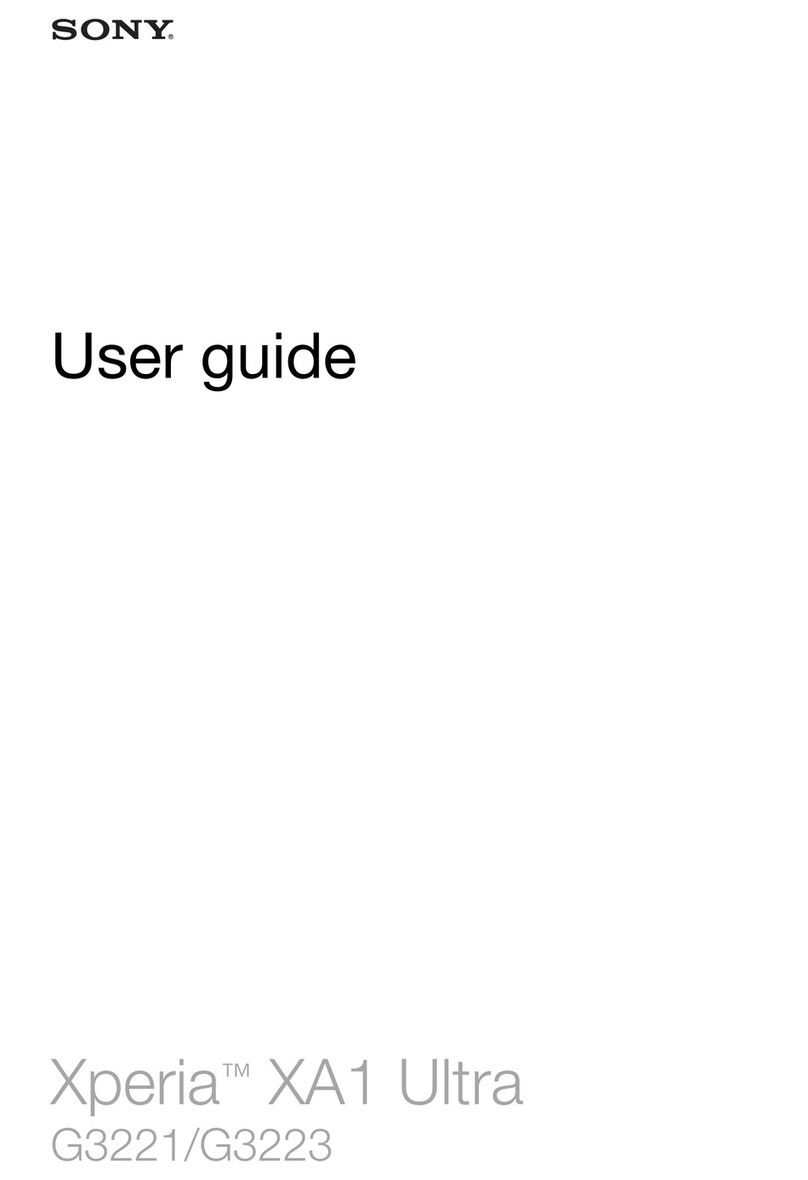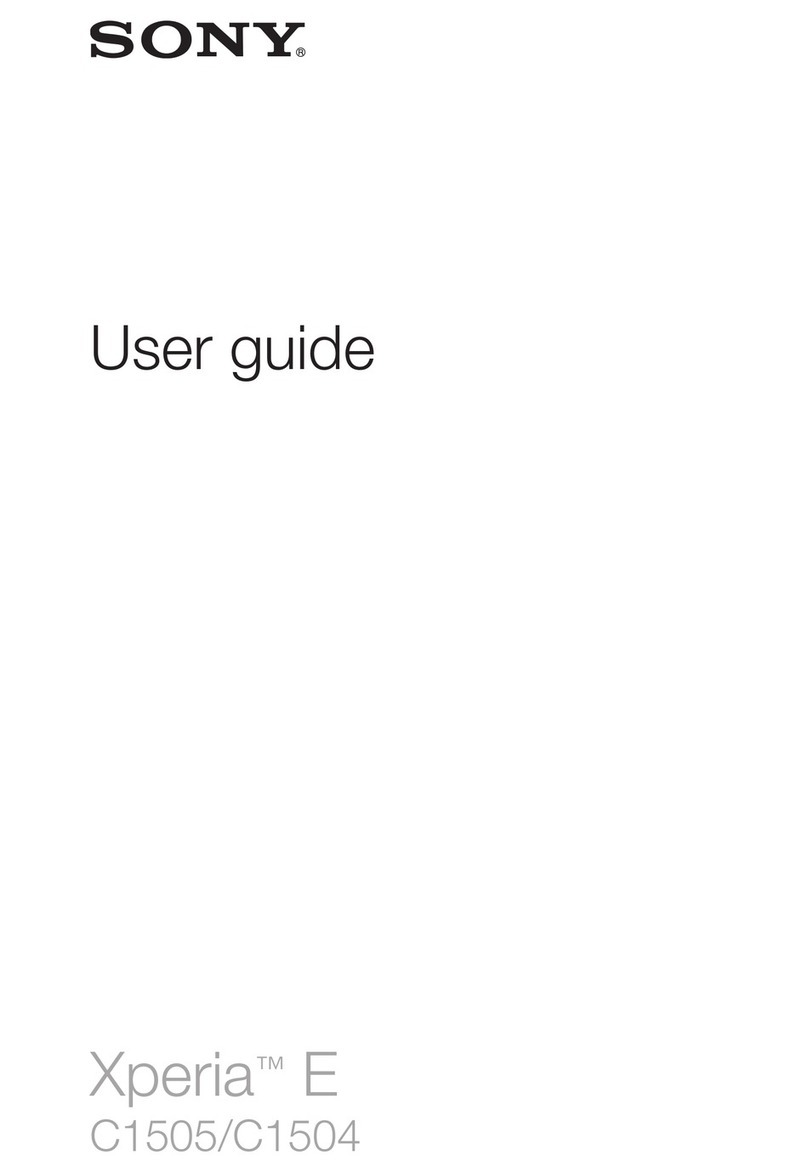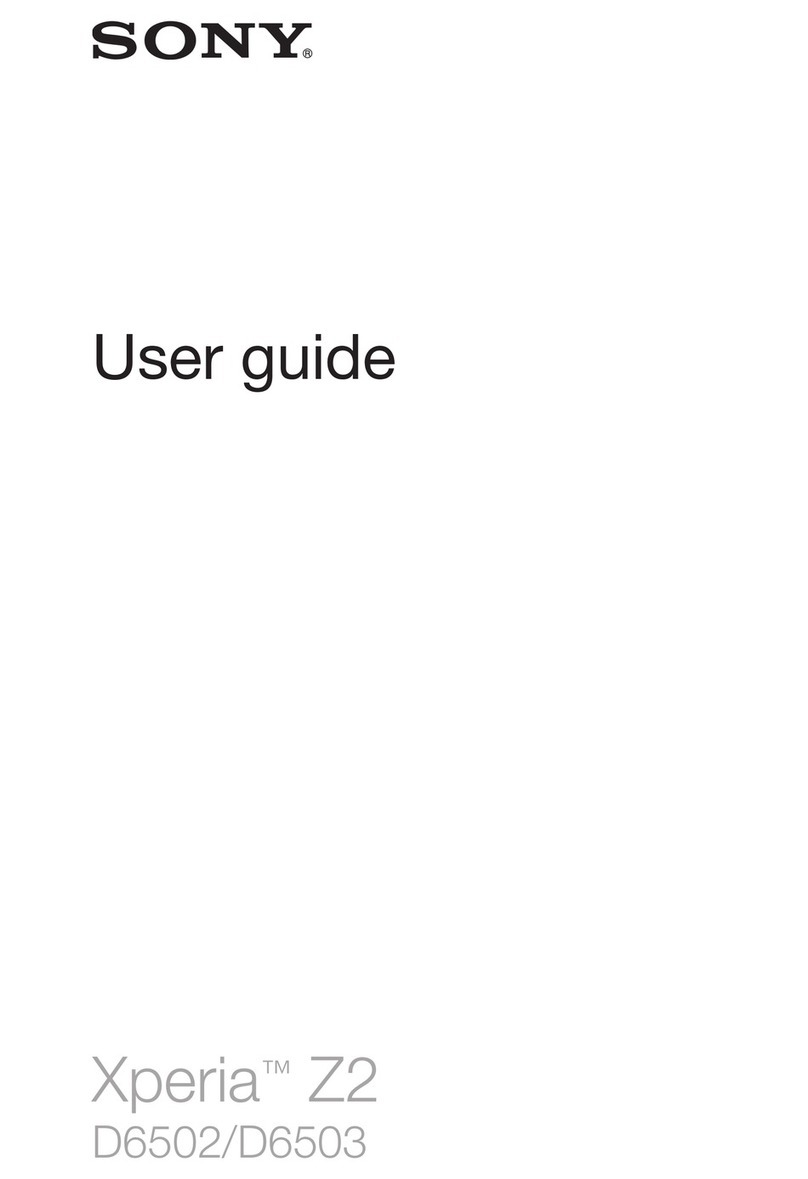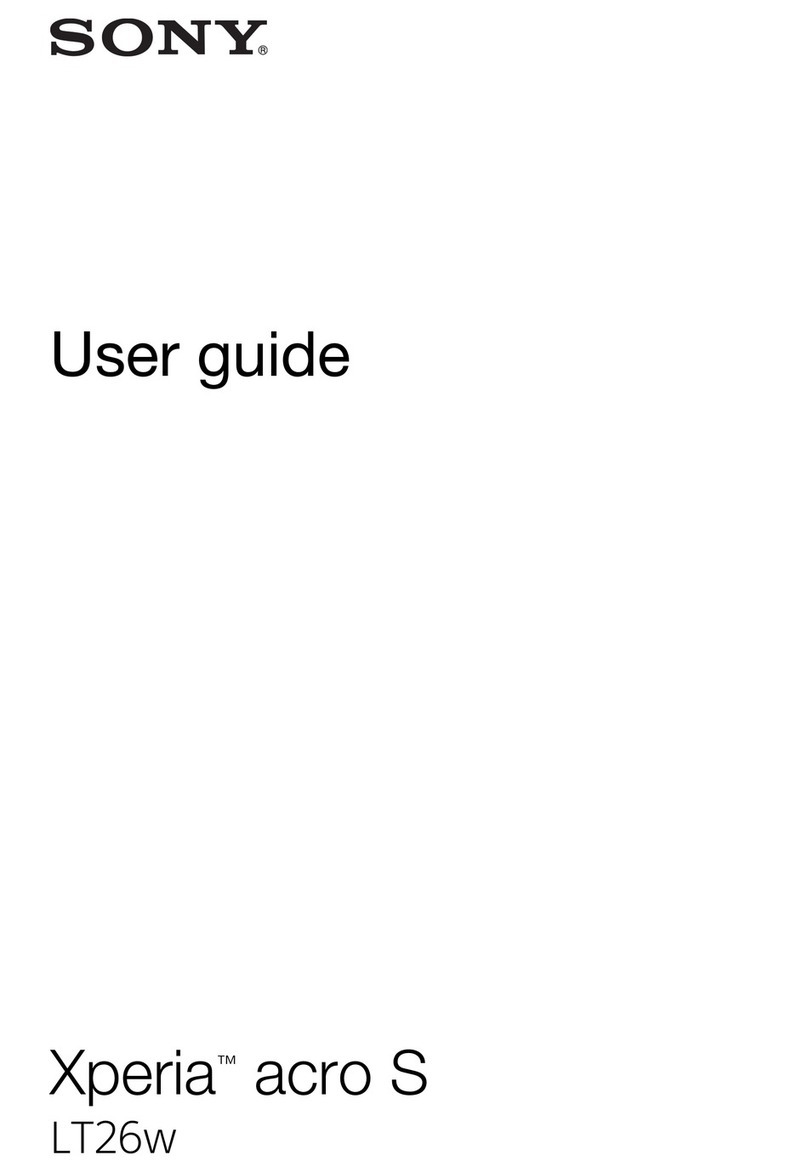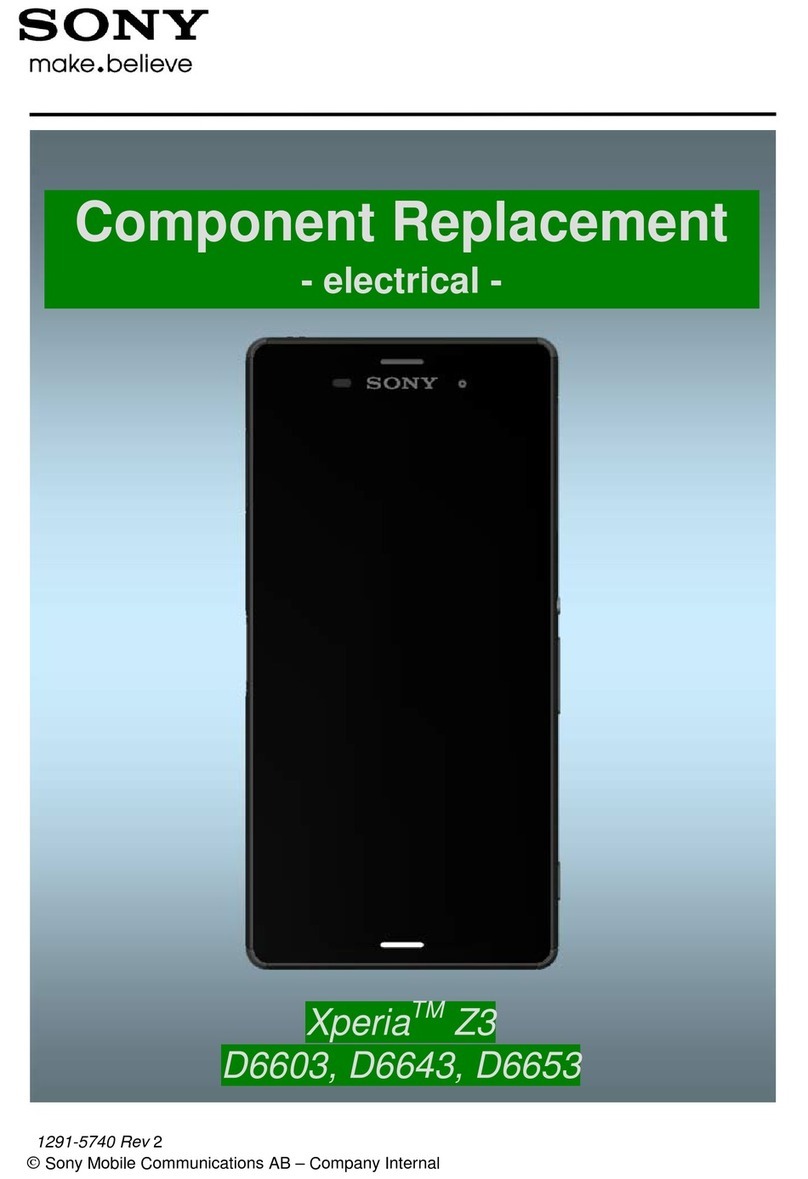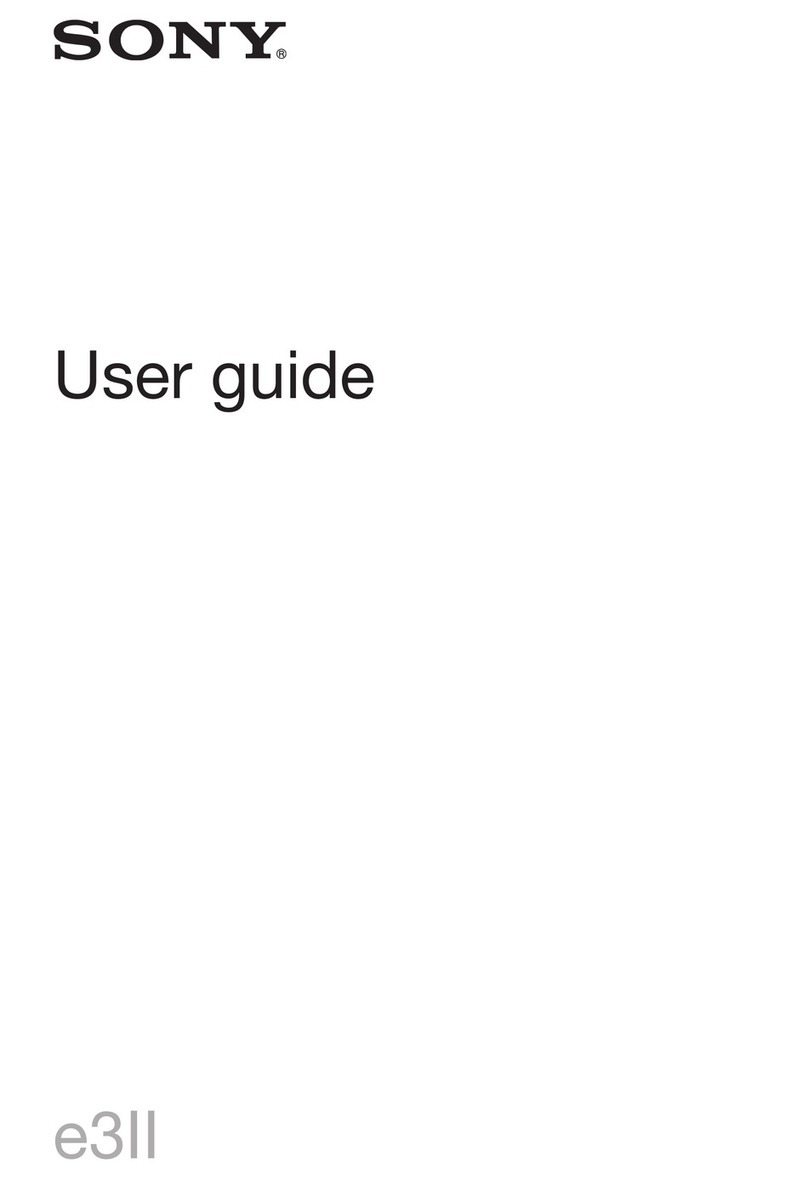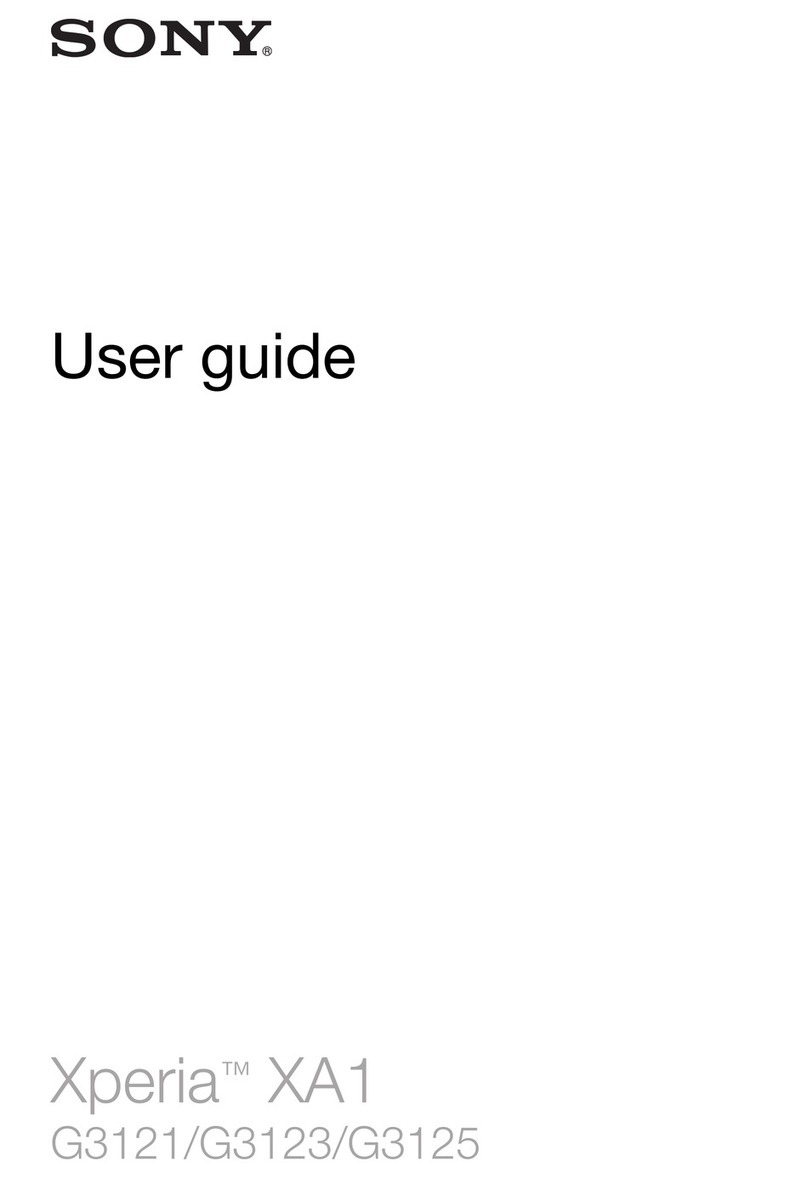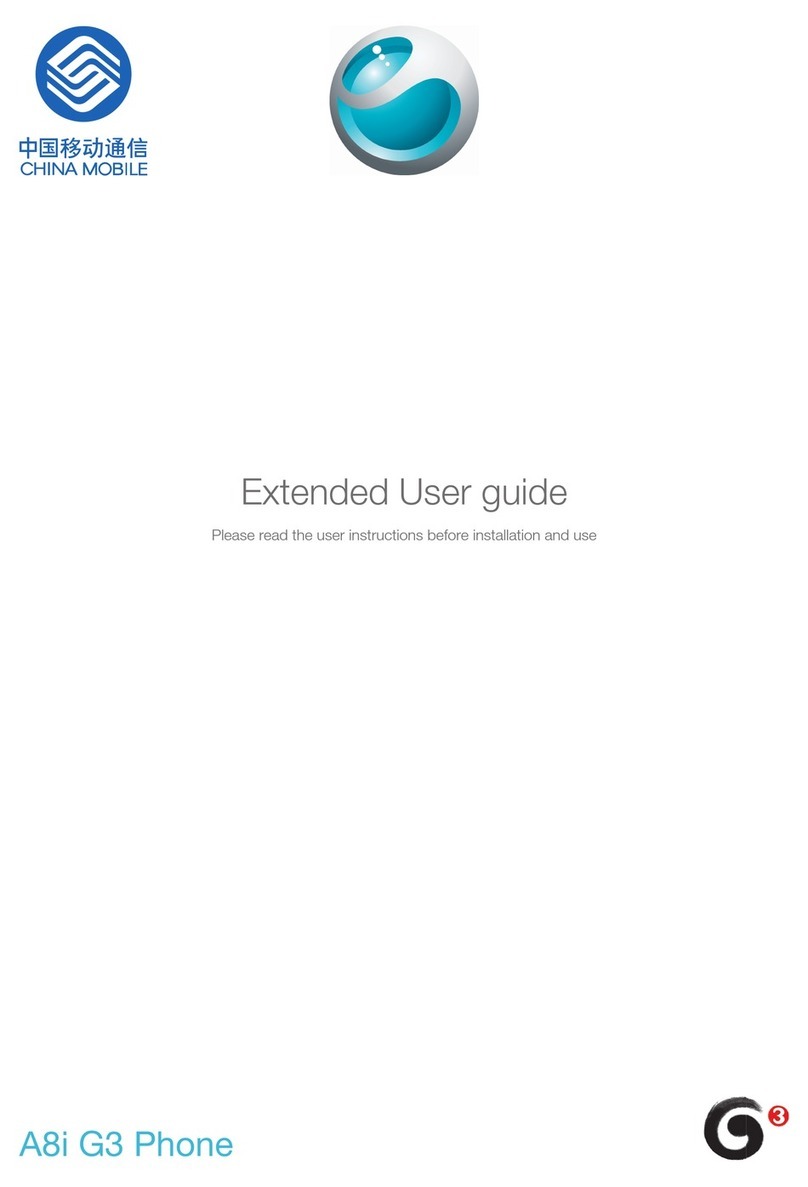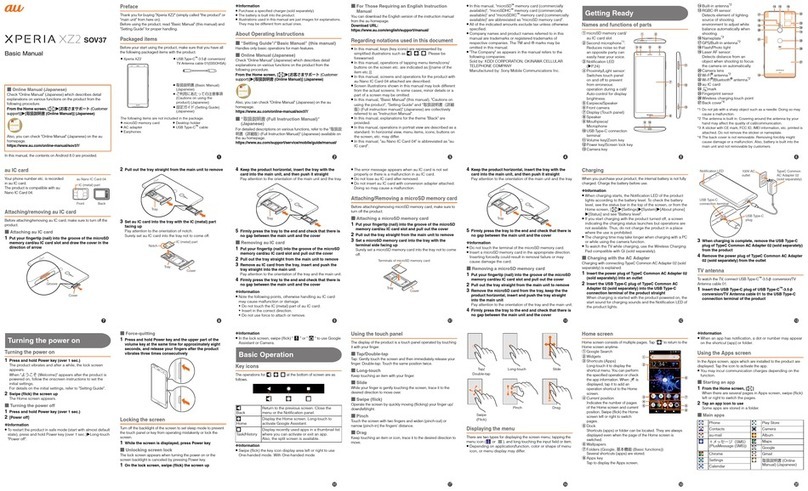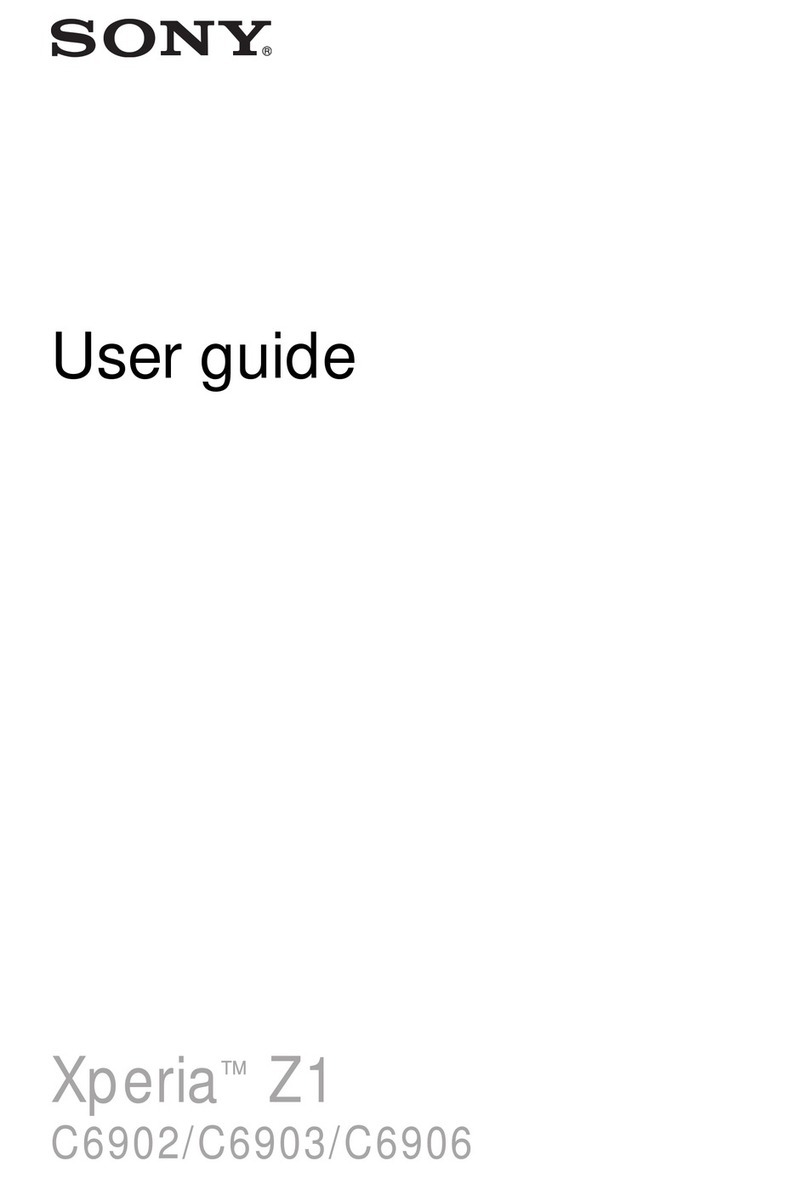4
SECTION 2
GENERAL DESCRIPTIONS
2.1 Multi-band :
CMD-J6/J26 supp rt E-GSM 900 and DCS 1800 multi-band functi nality.
For the u e in Europe and in other countrie worldwide, ETSI ha pecified GSM tandard into two frequency
band . That i the 900-MHz and 1800-MHz band and i u ually referred to a GSM900 and GSM1800 (formerly
DCS1800).
While the 900-MHz band ha 124 channel (extended ver ion: 175), the 1800-MHz band with it 375 channel
provide a three-time higher capacity. Not only a a re ult of thi large range of channel but al o due to the low
tran mi ion power and the tran mi ion di tance, GSM1800 upport a higher quantity of RF-channel .
The Dual band technology enable a network operator with pectrum at both 900MHz and 1800MHz to upport the
eamle u e of dual band hand et acro both frequencie . By upporting eamle handover between
900MHz and 1800MHz, Dual band network can provide major benefit in term of capacity enhancement and
revenue optimi ation through the introduction of new ervice .
The CMD-J6/J26 i a pha e II, GSM 900 cla 4, DCS 1800 cla 1 mobile phone.
The nominal maximum output power for GSM 900 i 2W, for DCS 1800 1W.
It upport the extra functionality required for multi-band mobile tation : Inter-band/ eamle hand-over,
channel a ignment, cell election and re- election, all between both band within a Public Land Mobile Network.
The manual and automatic PLMN election in both band i given.
The u er doe not need any pecial action to u e the multi-band functionality of the phone.
U er are able to manually roam between PLMN operating in GSM 900 and DCS 1800 band .
E-GSM
With the further development of the GSM tandard, an additional range of frequencie ha been made available to
the Global y tem for mobile communication . For each of the two duplex frequency range , one for the forward
direction and one for the rever e direction, additional 10 MHz have been added to the bottom end of the band ,
extending the frequency range to 50 further channel .
The mobile tation tran mit in the 880- to 915 MHz range, and the ba e tation tran mit in the 925- to 960 MHz
range. A duplex pacing of 45 MHz i u ed, the ba e tation alway tran mit on the high ide of the duplex
frequency pair.
The numbering for the e additional channel i from 974 to 1023. Thi i done to avoid a igning one channel
number twice within the ame tandard.
Compared to the primary GSM y tem, Channel number 0 i u ed in the extended GSM y tem, ince it doe not
make en e to re erve it at a guard band within the E-GSM band . Now, the lowe t channel, number 974 (880.0
MHz), erve a the guard band between GSM and other ervice on lower frequencie .
DCS 1800
DCS-1800 u e the frequency range of 1710 to 1785 MHz in the uplink direction, and 1805 to 1880 MHz in the
downlink direction.
From the e figure it follow that the duplex pacing i 95 MHz with 374 channel with bandwidth of 200 kHz
each.
The channel are numbered from 512 to 885 in order to di tingui h them from the channel in the primary and
extended GSM frequency band .
